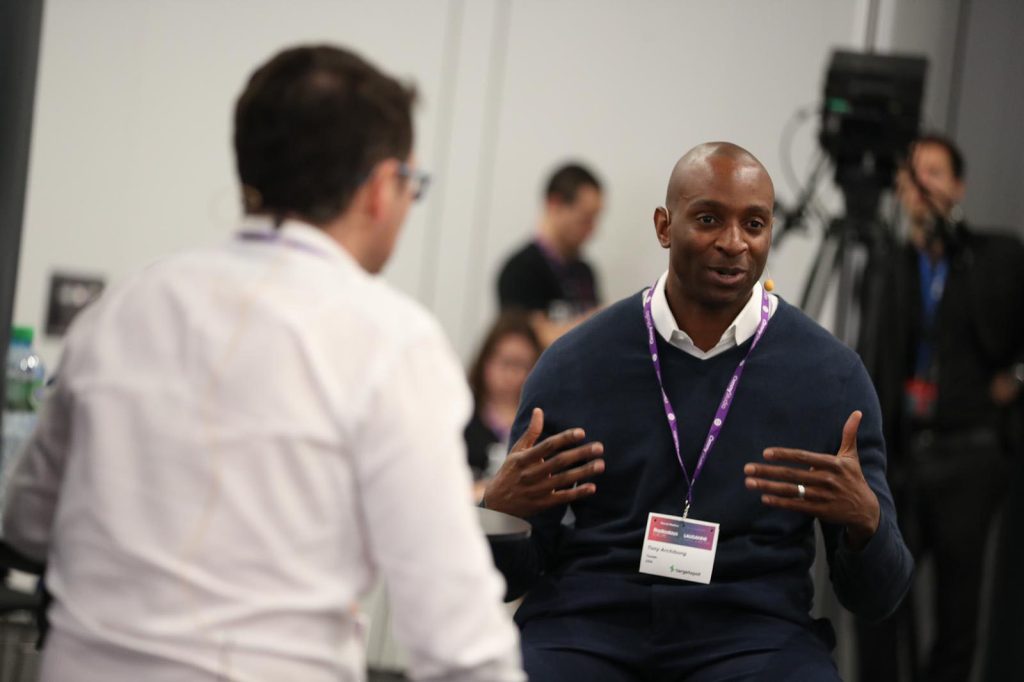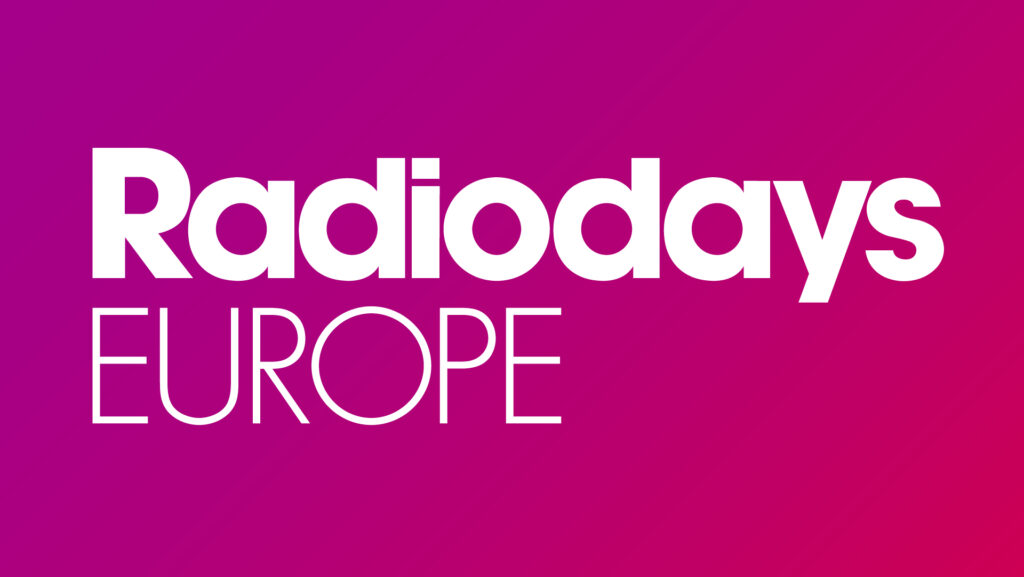Third-party aggregators have become part of the digital radio ecosystem, but their relationship with the stations still has lot of rough edges.
There used to be a delivery chain that separated producers from distributors. As platforms are becoming content-producers, this brings more risk for broadcasters. Taking control of the user experience becomes crucial. Strategies to deal with such challenge differ a lot, depending on the station. Some want to go global and some focus on local, so there is no one-size-fits-all solution.
TuneIn is one of the largest radio streaming aggregators in the world. The platform works mainly in the US, where radio operates at a global scale, but two thirds of their users are not there. Most delegates that engaged in the conversation noted that the European radio reality is significantly different, requiring a different approach.
One of the hot topics at this year’s Radiodays Europe – smart speakers – made its way into the main discussion. Tony Archibong, Vice President of TuneIn, explained how Amazon’s Alexa was built with music in mind and not other types of audio. The fact that other companies hold the key to these systems (and not aggregators) also limits the end experience for the user.
As producers and distributors hold different data on what will happen with the broadcast, the user experience in aggregators on own-apps are necessarily different. De Souza defended a wider approach, with a different governance experience, where radio stations across Europe work together in developing an aggregator that works for their needs, for instance.
Metadata and standardizing protocols were also widely discussed by the delegates. Certainly, technology improvement is needed, but the consensus on how to use aggregators is yet to come.



